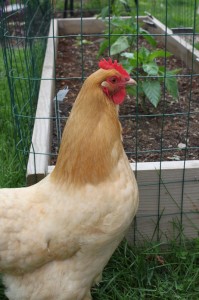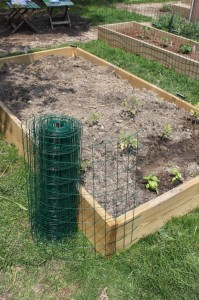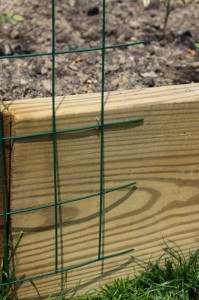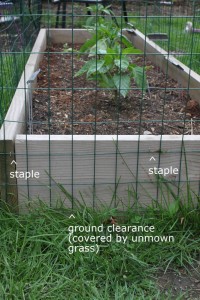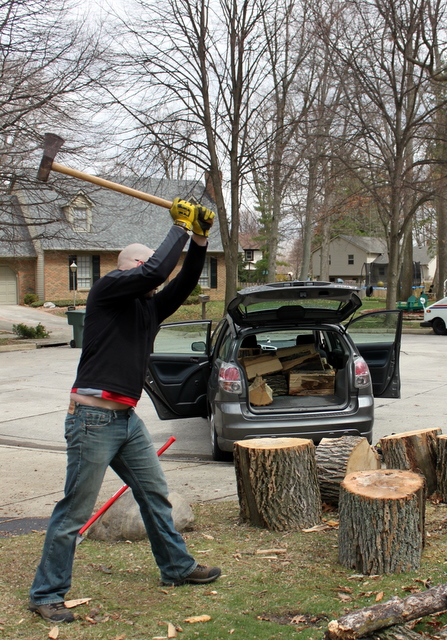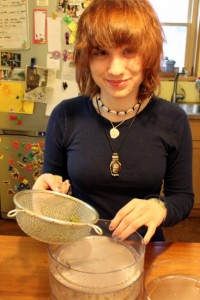With a ting and a crash, a pebble kicked up by a weed whacker shattered one of the panes of our back door. Alex swept up the glass and piped in some silicone sealant around the shards left around the edges of the intact other pane. That was three years ago. Last Monday, I finally convinced Uncle Leonard aka Krash to come help us install a new back door.
I sawzalled (that's a word, right?) through the nails that were holding the old door frame in place and it fell right out. The new one fit...almost.
Much finagling ensued including, at one point, Krash balancing a ladder on the stairs wielding a circular saw overhead to cut into our asbestos shingling. He is not one for safety precautions.
Finally the new door fit in the house frame. Len screwed it in place after lining the frame with handy foam insulation. Alex caulked around the door for additional wind and water protection. Not surprisingly, that area of the house immediately felt less drafty.
We are thrilled to finally mark 'new back door' off our list of home improvements!
PS. Leonard helped us out in exchange for lunch, the return of his ladder, and creation and maintenance of a facebook page for Krash books. Take a peek and 'like' if you enjoy highly creative stories.





